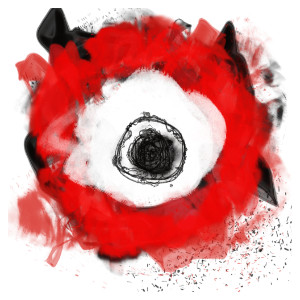Self-Mummification
by hughpierre
A morbid practice of a select group of taytakura monks in Huanacauri.
History
Huacas
Common throughout all cultures in the Four Corners, a huaca is any object of veneration that holds spiritual significance to a group. They are also sacred places believed to possess potent spiritual energy, enhancing the chances of successful mummification. Likewise, Huanacauri is a sacred mountain dotted with ancient huacas sites controlled by independent Taytakura temples.However, these stranded Dhani were not the first to employ mummification to benefit the living. The Honey People of Kamachina do the same to make medicine.
The difference lies in where they take place: Mellification is not location specific and is done leisurly by the oldest in a population. Live burials must be done at a site of dense siq'i line crossings with intense disciple by those who are physically and mentally fit.
Execution
Live Burial
- The volunteer exclusively eats foraged foods, like bark and seeds, to starve out fats and muscles from the body for 1000 days.
- Then another 100 days of drinking only salt water and a poisoned tea.
- The faster is willingly buried alive in a cramped box, 10ft underground at the huaca site, with air holes and a stringed bell to ring everyday until they die.
- Afterwards, the body is removed and enshrined in a place of honour and forever spoken with reverence.
Participants
Taytakura Monks
The master monk, who is going through the entirety of extreme famine and dehydration, is seen as going through self-actualization. In emptying himself, creates a means by which the invisible siq'i Lines move in tandem with his corpse's location. His followers would monitor the temporary tomb for shows of life and/or decomposition. If the body did display signs of decomposing, then the process failed and the body is reburied.Naturally, far more people (in the hundreds) died in the attempt.
Alternative NameLiving Mummification Self-Sacrifice
Important Locations
Related Ethnicities





Lovely. Heard of the real-life Buddhist monks doing this.
Exactly